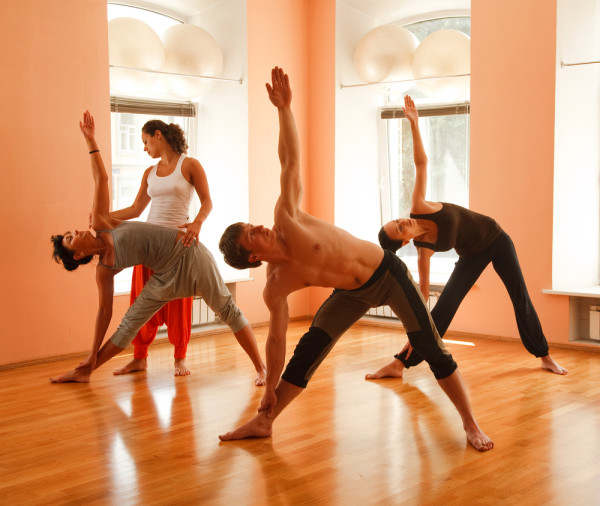Consider the phrase, “How you do anything on the mat is how you do everything in life.”
This is a quote I heard recently from one of my fellow yoga teachers that has really struck a chord with me. Ask yourself: How do you show up on your mat? How do you show up in your life? How do you deal with challenging postures in class? Do you just give in or quit? Do you stress out, compare yourself, or push too hard?
Chances are, how you approach and practice your yoga is probably a good reflection of your approach and practice of life.
Think about it: You intuitively know when to honor your limits and when to really push yourself, whether it’s a work presentation or a warrior 2. Nobody can tell you where those limits are on any given day—not even your yoga teacher. So if something comes up in class that you know isn’t for you at that moment—like your teacher suggests tree pose but your ankle is bothering you—ditch it. There are always safe modifications you can do within any pose, but it may be best for your body to take a break in child’s pose or some other restful posture.
Don’t think of this as chickening out or giving in. There’s a big difference between being afraid of failing/falling in a posture and thinking that one just won’t feel good on your body at a given time. By ignoring the class sequencing and listen to your body you actually show a very high level of compassion and understanding toward yourself. Maybe you just need to sit in the space and be in the room with everyone, and that is just as valid as the person taking all the advanced poses. Sit in child’s pose or lay down; do whatever you find you need after processing whatever comes up for you mentally, physically, and emotionally. You only have this body, this temple, and you have to be able to nourish that however you can.
Also Read:

